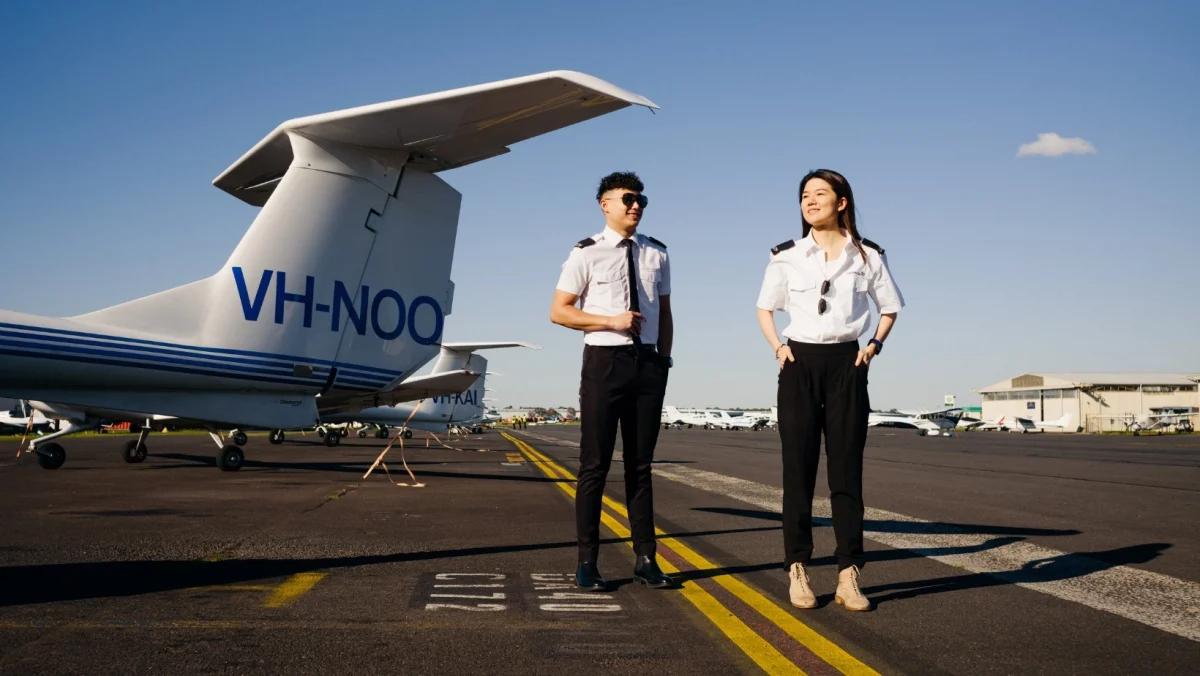
July 17, 2024
What Can I Do with a Commercial Pilot’s License? Exploring Career Options
Obtaining a commercial pilot’s license opens up a diverse range of career opportunities in the aviation industry. Whether your passion lies in flying passengers across continents or conducting specialised missions, here are ten career paths you can pursue with a commercial pilot’s license:
Airline Pilot:
One of the most common paths for commercial pilots is flying for airlines. Airline pilots operate scheduled flights, ensuring safe and efficient transportation of passengers and cargo. They navigate complex airspace, adhere to strict schedules, and prioritise passenger safety. A commercial pilot license in Australia equips individuals with the expertise to become a successful airline pilot.
Charter Pilot:
Charter pilots fly private aircraft for individuals or corporations, providing personalised air travel on demand. This career offers flexibility and the opportunity to fly a variety of aircraft, from small turboprops to executive jets. Flight schools in Australia offer training tailored to charter operations, preparing pilots for diverse flying conditions.
Flight Instructor:
As flight instructors, pilots have an important role within the aviation industry, passing on their knowledge and skills to the next generation of pilots. Instructors teach aspiring pilots the fundamentals of flying, covering a wide range of topics from basic manoeuvres and flight principles to advanced navigation and emergency procedures. They also provide hands-on training in the cockpit, helping students build confidence and proficiency. This role enhances the instructor’s expertise and contributes to the overall safety and advancement of aviation.
Corporate Pilot:
Corporate pilots fly business jets for companies or high-net-worth individuals, facilitating efficient travel for executives and clients. This role often involves international flights and requires pilots to maintain high standards of professionalism and discretion.
Cargo Pilot:
Cargo pilots transport freight and packages worldwide, playing a crucial role in global logistics. They operate large cargo aircraft, ensuring timely deliveries while adhering to stringent safety and security protocols. A commercial pilot license provides the skills necessary to handle the complexities of cargo operations, including navigating diverse weather conditions, managing long-haul flights, and coordinating with ground crews. Cargo pilots often fly at night or across multiple time zones, requiring strong adaptability and attention to detail. Their work supports global trade and commerce by ensuring that goods reach their destinations efficiently and safely, making them vital to the supply chain.
Agricultural Pilot:
Agricultural pilots, also known as crop dusters, apply fertilisers, pesticides, and herbicides to crops from the air. This specialised role requires precision flying and knowledge of agricultural practices to support crop production efficiently and sustainably.
Search and Rescue Pilot:
Search and rescue pilots operate helicopters or fixed-wing aircraft to locate and rescue individuals in distress. They collaborate closely with emergency services and conduct missions in diverse environments, from mountains to open water.
Air Ambulance Pilot:
Air ambulance pilots transport patients who require medical care over long distances or to specialised medical facilities. They prioritise patient safety and comfort while navigating challenging weather conditions and ensuring timely arrivals.
Military Pilot:
Military pilots operate fighter jets, and transport aircraft, or helicopters for defence purposes. They undergo rigorous training and may specialise in combat missions, reconnaissance, or humanitarian aid operations.
Aerial Survey Pilot:
Aerial survey pilots conduct aerial surveys for mapping, environmental monitoring, or geological exploration. They operate specialised equipment, such as high-resolution cameras and LiDAR systems, to collect precise data from the air. This data is crucial for various applications, including urban planning, environmental conservation, and resource management. By capturing detailed images and measurements, aerial survey pilots contribute significantly to scientific research and infrastructure planning. Their work aids in tracking environmental changes, identifying natural resources, and developing accurate maps. The role requires excellent piloting skills and a keen understanding of survey technologies to ensure the quality and accuracy of the collected data.
Each of these career paths offers unique challenges and opportunities for growth in the aviation industry. Whether pursuing a Bachelor of Aviation in Australia or completing a pilot course in Singapore, aspiring pilots can tailor their training to align with their career aspirations and contribute to the dynamic world of aviation.
A commercial pilot’s license opens doors to a diverse range of rewarding career options, from flying commercial airliners to conducting specialised missions in various sectors of the aviation industry. By choosing the right path and continuing to develop their skills through ongoing training and experience, commercial pilots can build successful and fulfilling careers in aviation.








